Sails have evolved depending on their discipline. In the same way that you wouldn’t use a formula 1 car to race a rally, you also need the correct sail and board for what you want to do. Here are the 4 basic types of windsurfing sails with their differences:
Wave sails
Wave sails are made for stronger winds so they tend to be smaller. They are also made to be used in waves which means that the sail panels are reinforced to make sure they don’t break during a wipeout or your knees landing on them, etc. The battens are also stronger so they don’t snap when a wave breaks on them. This implies that they are also going to be heavier than other sail types. They are also cut so that the boom is shorter and there is not much sail surface below the boom to avoid it being caught by the wave.
Slalom sails
Slalom sails or race sails are made for speed, usually in light winds. The range for slalom sails is usually on the large end. However, to increase speed performance despite their size they are also built with light materials. This is especially useful for water starting, pulling the sail out of the water or gybing. They are best used with light masts and booms to keep their weight down. However, due to the light materials used they are also more fragile so they are not really apt for getting washed in the shore break by accident. Some also come with cambers which are in essence the solution to the turbulence that occurs on the inside of the mast. This is great to optimise speed but also requires more experience in rigging and trimming sails.
Freestyle sails
Also light weight sails as they are usually used with lighter winds. Even though they are not really designed for waves they are also made to be sturdy as the sailors will fall on them a few times and with little sail area below the boom to do manoeuvres that require shifting the sail around the clew such as duck tacks or duck gybes, etc.
Freeride sails
Basically your all around sail with which you can have a crack at everything without getting very specialised. Your Jack of all trades, master of none. It is made to a blend of all of the above so depending on the brand they will lean towards one discipline more than the others.
Beginner Sails
These are different from all the previous ones mainly due to the materials used. While the previous sail types use more rigid materials such as monofilm in order to create a stable profile of the sail, these sails tend to use Dacron and PVC. This is to make the sails lighter so that you don’t get tired fast from having to uphaul them a lot. The downside is that they don’t have an efficient profile so you can’t use them to achieve high speeds. It is not necessary to learn with a Dacron sail but it will definitely make your initial phases of learning easier and less stressful on your back.
Other Types of Windsurfing Sails
There are of course more types of sails windsurfing sails. It all has to do with the discipline and the purpose it is for.
I have not included the RS:X sails for instance (the olympic category) as you will not get one unless you are going into competing in that discipline.
There are of course also the in-betweener sails. With this I mean the sails that are a mix of two categories such as freestyle-wave or freeride-slalom. The range can get pretty broad if you start to combine styles and purposes as you can see on the Naish website (where I got the images from).
I hope you got some value out of this guide to windsurfing sails. If you have any questions regarding this topic, simply let me know in the comments below.

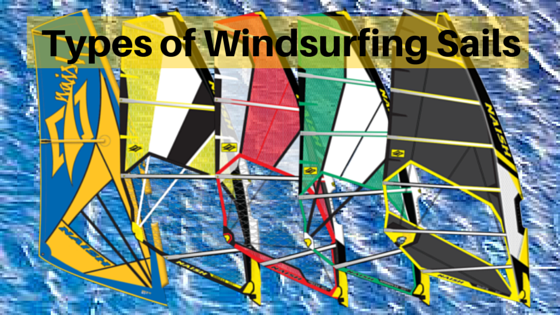
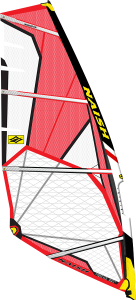
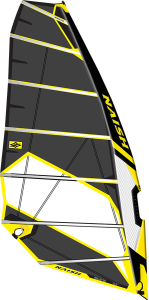

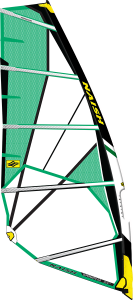
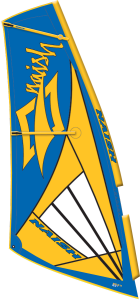
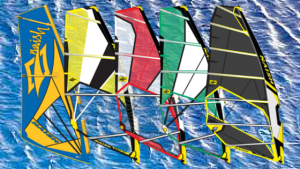

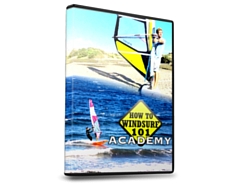
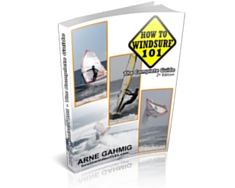
N I c e
Thanks for the information on sails, Nice job
Thanks for the feedback 🙂
Good enough for good start. Thanks.
Amazing info! thank you 😀
Very useful. Thanks